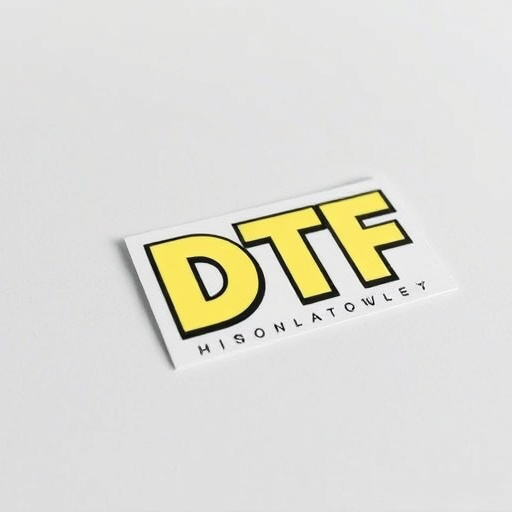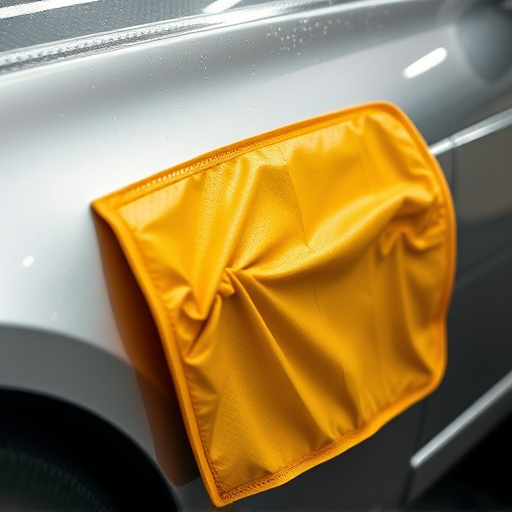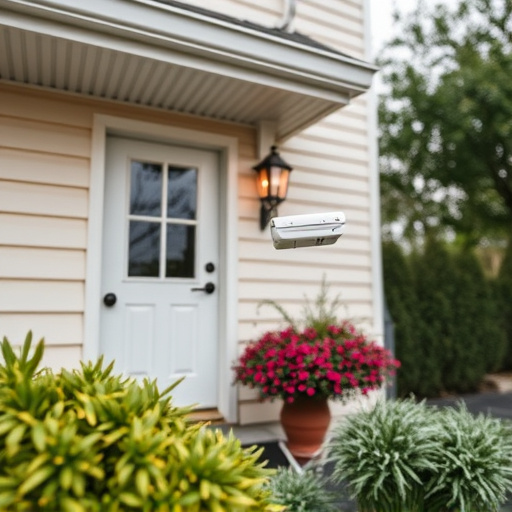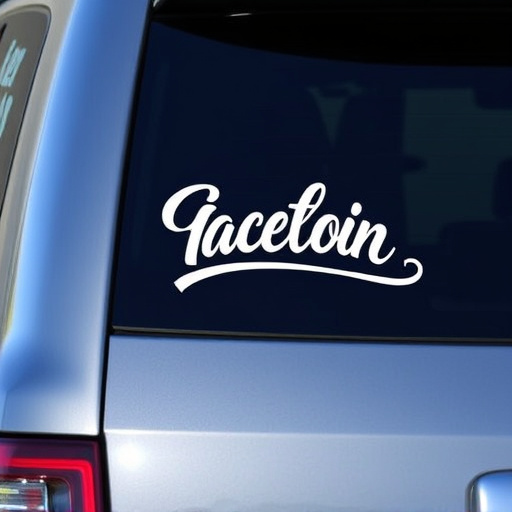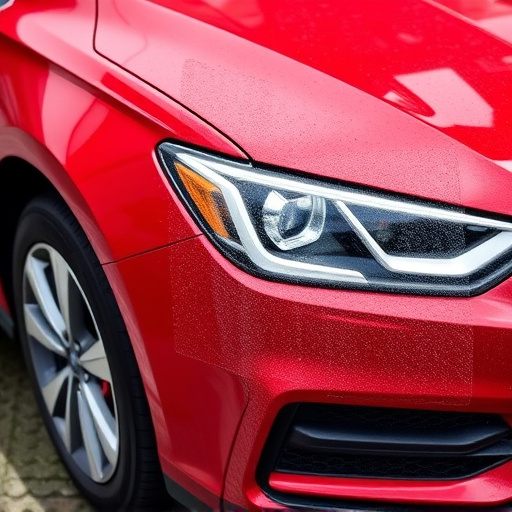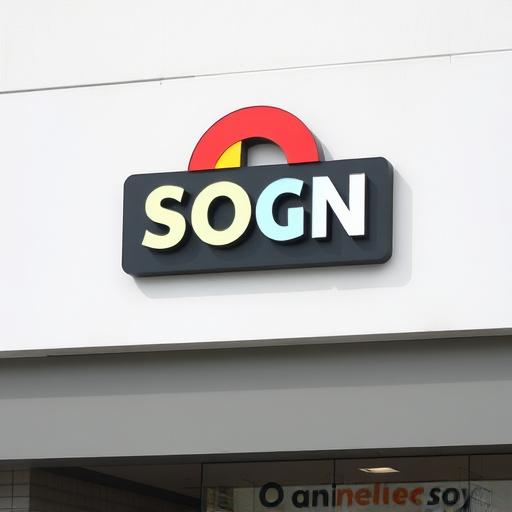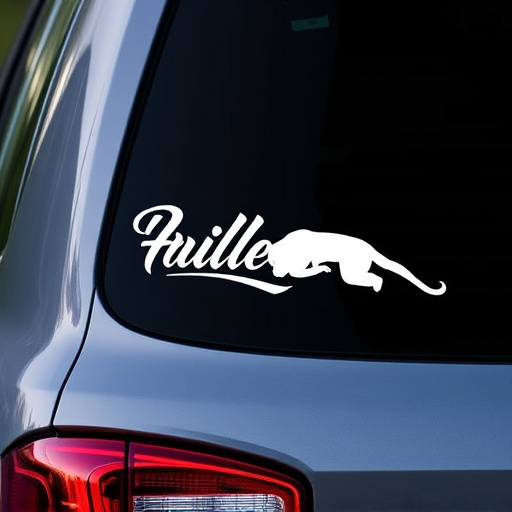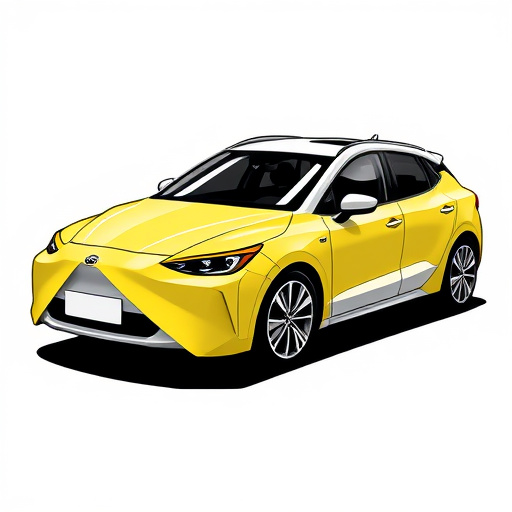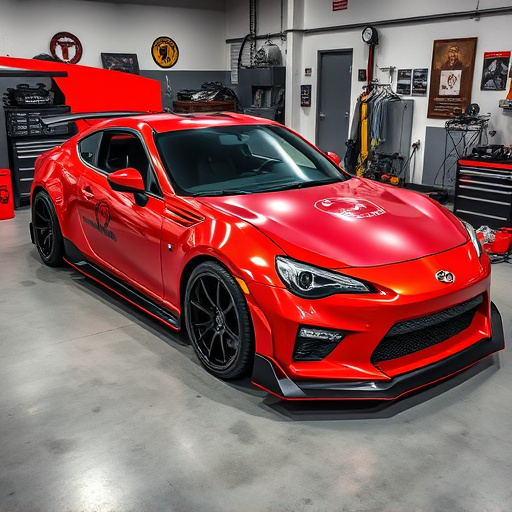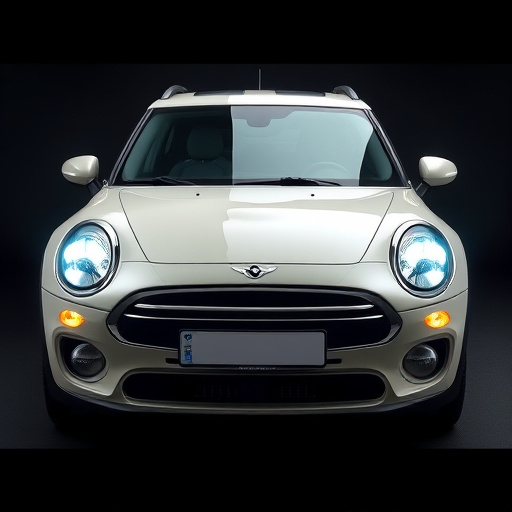Successful logo design creation demands understanding industry-specific needs and visual communication goals, with each sector requiring unique logos that resonate with target audiences. Flexibility is crucial for building a robust visual identity, especially in vehicle enhancement services, where a scalable logo maintains brand recognition across digital platforms and physical products. Designers must tailor their approach for print and digital media, using SVGs for digital platforms while incorporating intricate details for print formats, emphasizing versatility and retention of core brand identity.
In today’s dynamic business landscape, a single logo design must adapt to diverse needs across various industries. This article explores the art of tailoring logo design creation for multiple use cases. We delve into understanding distinct logo requirements in different sectors, highlight the flexibility needed in design to ensure scalability, and showcase compelling case studies demonstrating successful adaptations for both print and digital media. By examining these aspects, we emphasize the importance of versatile logo design in creating lasting visual identities.
- Understanding Diverse Logo Needs Across Industries
- Flexibility in Design: Creating Scalable Visual Identities
- Case Studies: Adapting Logos for Print & Digital Media
Understanding Diverse Logo Needs Across Industries
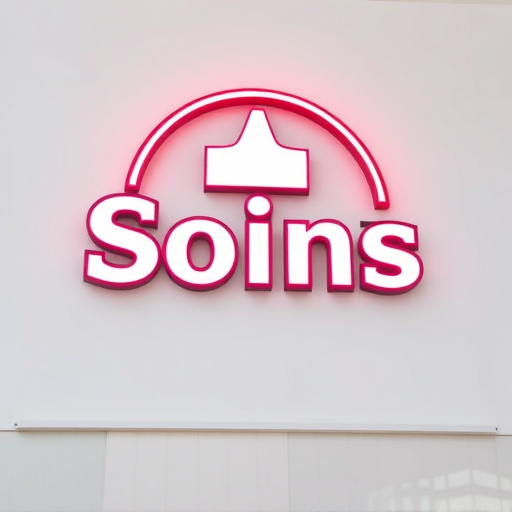
In today’s diverse business landscape, logo design creation is far from a one-size-fits-all endeavor. Each industry, from automotive to aesthetics, has unique requirements and visual communication goals. For instance, a car dealership might opt for bold, dynamic graphics to evoke speed and excitement, while a ceramic coating company would likely prefer a more subtle, sleek design that showcases the product’s quality and precision. Understanding these nuances is essential in logo design creation, as it ensures the final product resonates with the target audience and effectively conveys the brand’s essence.
Professional PPF installation services and vehicle wraps are excellent examples of specialized applications where logo design plays a pivotal role. In these cases, the logo must be visually appealing when applied to cars or other vehicles, considering factors like size, visibility, and reflectivity under various lighting conditions. Skilled designers adapt their creations to suit different media, ensuring that the brand’s identity is maintained and enhanced across multiple platforms, whether it’s a physical sign, a digital banner, or a wrapped vehicle.
Flexibility in Design: Creating Scalable Visual Identities
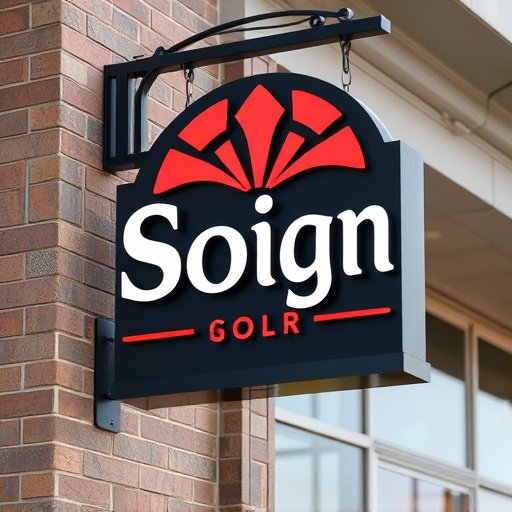
In the realm of logo design creation, flexibility is key to ensuring a visual identity that can adapt across various mediums and use cases. A well-designed logo should be scalable, meaning it retains its quality and aesthetics when enlarged or reduced in size. This versatility allows businesses to apply their logo consistently from digital platforms to physical products, vehicles, and marketing materials, enhancing brand recognition. By considering different sizes and formats from the outset, designers can create a logo that serves as a versatile cornerstone for a company’s visual communication.
This adaptability is crucial for vehicle enhancement and protection services, which often require logos applied to cars, trucks, or fleet vehicles. A scalable design ensures that the logo remains legible and visually appealing on both small and large surfaces, enhancing the overall impact of the brand. Similarly, when considering ceramic coatings or other vehicle protection products, a well-designed logo can be incorporated into these promotional materials, providing a unified brand experience that resonates with customers across multiple touchpoints.
Case Studies: Adapting Logos for Print & Digital Media
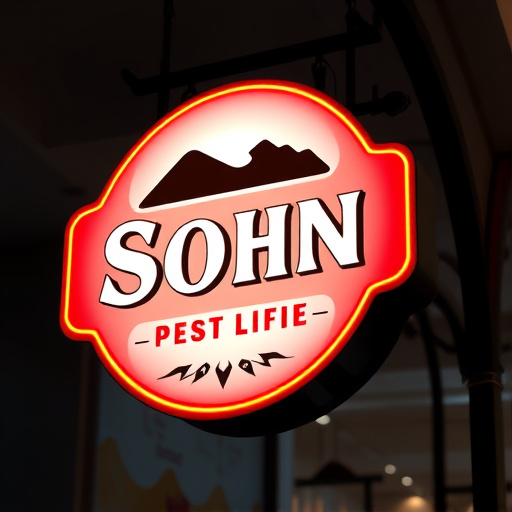
When adapting logo design creation for print and digital media, designers must consider the unique requirements of each medium to ensure optimal visual impact. For print, where logos often appear in high-quality, physical formats like brochures or business cards, fine details and intricate elements can be effectively showcased. This allows for a more artistic approach, incorporating textures, gradients, and subtle variations that add depth and character.
In contrast, digital media demands a different strategy. Logos designed for websites, mobile apps, or social media platforms must be optimized for small sizes while maintaining legibility and impact. This often involves simplifying designs, using scalable vector graphics (SVGs), and considering factors like color contrast and background noise to ensure the logo stands out on various screens. Case studies of successful logo adaptations in both print and digital spaces highlight the importance of versatility, demonstrating how a well-crafted logo can adapt seamlessly from car customization visuals to enhancing UV protection messages, even rejecting heat with its sleek design, all while retaining its core brand identity.
Adapting logo design creation to cater to diverse industry needs is crucial for establishing a robust visual identity. By embracing flexibility in design, from scalability to medium-specific considerations, creators can ensure their logos remain impactful across print and digital media. This multifaceted approach not only enhances brand recognition but also showcases the versatility of modern logo design creation.

